How to Wash and Maintain Chef Shirts for Longevity
Keep your chef shirts looking fresh and professional — learn the best washing, drying, and care tips to preserve fabric quality, color, and durability over time.

Blog Post Contents
The kitchen is a battlefield, and your chef shirt is your armor. It protects you from spills, splashes, and the intense heat of the line, but it also bears the brunt of every service. From persistent grease stains to absorbed odors, kitchen uniforms face unique challenges. Ensuring their proper care for kitchen shirts isn't just about looking professional; it's about maintaining hygiene and extending the life of your valuable workwear.
As a seasoned professional in the culinary world and an expert in kitchen operations, Eli Wilder understands the demands placed on chef apparel. "A chef's uniform is a symbol of pride and professionalism," Eli explains, "and knowing how to wash chef shirts effectively is fundamental to maintaining that image and ensuring a hygienic workspace." This comprehensive guide will equip you with the knowledge and practical tips needed to keep your chef shirts pristine, hygienic, and ready for every shift.
Why Proper Chef Shirt Care is Crucial
The bustling environment of a professional kitchen subjects chef shirts to an array of challenges, from splattered sauces and hot oil to lingering food odors. Without diligent care for kitchen shirts, your uniforms can quickly look worn, unhygienic, and unprofessional. Beyond aesthetics, proper hygiene for kitchen wear is paramount to food safety standards and the overall health of kitchen staff. This guide will walk you through the entire process, from pre-treatment to storage, ensuring your chef coats and kitchen uniform laundry routine is as efficient and effective as your cooking. You'll learn the secrets to making chef shirts last longer and consistently presenting a professional appearance.
Understanding Your Kitchen Uniform: Materials & Care Labels
Before diving into the wash cycle, it's essential to understand the foundation of your kitchen uniform: its fabric. Different materials require varied approaches when considering how to wash chef shirts effectively.
Common Fabrics in Chef Shirts
Most chef shirts are crafted from materials designed for durability, comfort, and ease of cleaning.
- 100% Cotton: Known for its breathability and absorbency, cotton is comfortable in hot kitchens. However, it can wrinkle easily, may be prone to shrinking if washed incorrectly, and can hold onto stains if not treated promptly. Whites made from 100% cotton are often ideal for hot water sanitization.
- Poly-Cotton Blends: This popular blend combines the best of both worlds – the comfort of cotton with the durability, wrinkle resistance, and color retention of polyester. These blends often require less ironing and tend to release stains more readily than pure cotton, making them a favorite for many chefs looking for practical care for kitchen shirts.
- Specialized Performance Fabrics: Some modern chef coats feature advanced fabrics designed for moisture-wicking, stain-resistance, or enhanced cooling. Always consult their specific care instructions, as these materials might require cooler washes or special detergents to maintain their properties.
Decoding the Care Label
The single most important step in how to wash chef shirts correctly is to read the care label. This small tag, often found inside the collar or side seam, provides garment-specific instructions. Ignoring it can lead to shrinkage, fading, or damage. Familiarize yourself with common symbols for wash temperature, bleach usage, drying methods, and ironing settings. For example, a symbol showing a tub with a number indicates the maximum wash temperature, while a crossed-out triangle means "do not bleach."
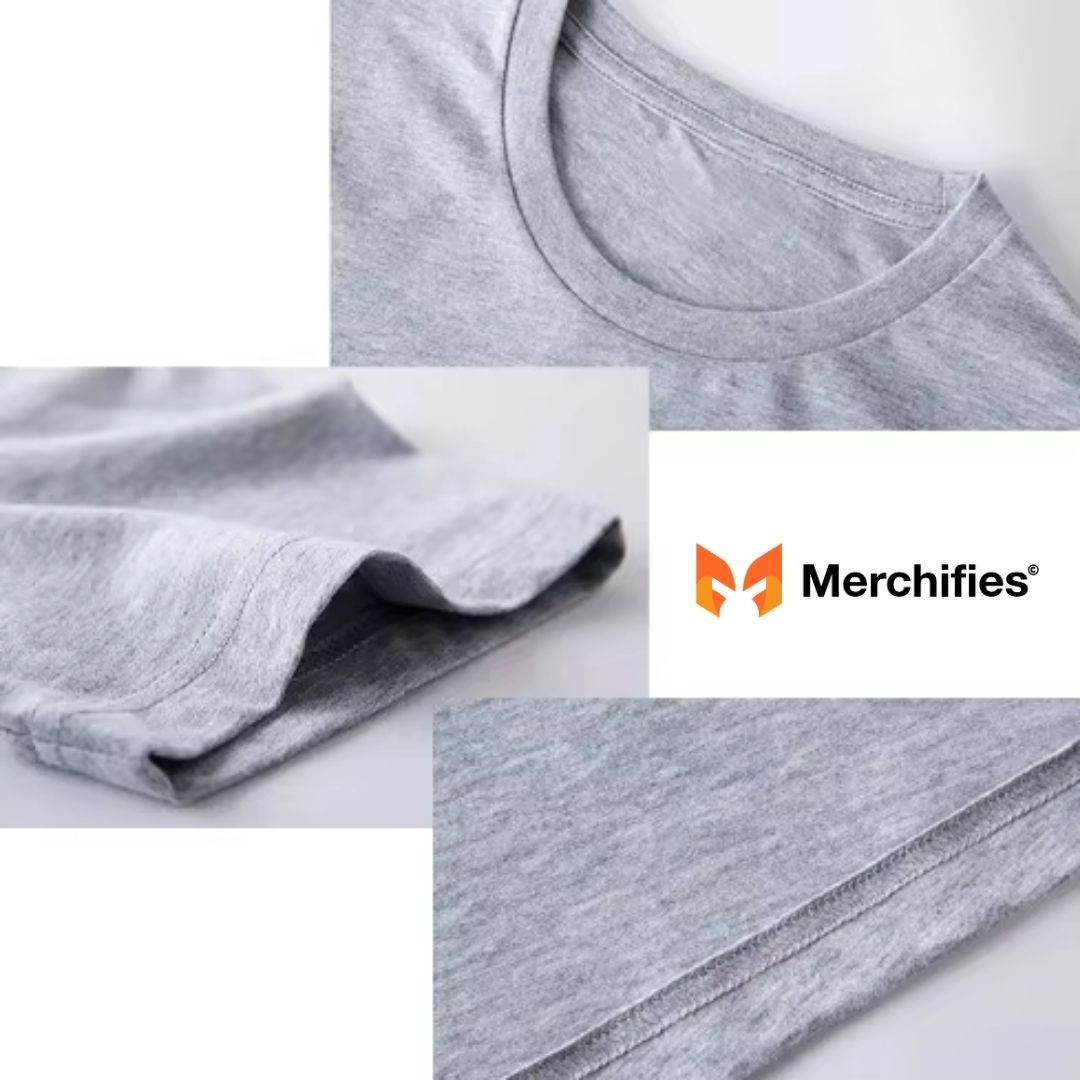
Pre-Wash Preparation: Setting Your Chef Shirts Up for Success
Effective care for kitchen shirts begins long before the wash cycle starts. Proper preparation can significantly impact the cleanliness and longevity of your uniforms.
Empty Pockets & Close Fasteners
Always empty all pockets to prevent damage to small items, the garment itself, or your washing machine. Similarly, close all zippers, snaps, and hook-and-loop fasteners (like Velcro) to prevent them from snagging or damaging other items in the wash. Unbutton all buttons on chef jackets and shirts to prevent stress on the fabric and buttonholes during agitation.
Separation is Key
One of the cardinal rules of laundry applies even more to chef apparel: separate your items.
- Whites from Colors: To prevent dye transfer and maintain the crispness of your chef whites, always wash them separately from colored uniforms. Even light-colored shirts can bleed dye over time.
- Heavily Soiled from Lightly Soiled: Heavily soiled items require more aggressive washing conditions and can transfer dirt to less soiled garments. Grouping by soil level ensures everything gets the appropriate level of cleaning.
Pre-Treating Stains: The First Line of Defense
Stains are inevitable in the kitchen, but immediate pre-treatment is your most powerful weapon in the battle for pristine chef shirts.
- Importance of Immediate Treatment: The fresher the stain, the easier it is to remove. Don't let stains set in.
- Dabbing vs. Rubbing: Always dab stains gently with a clean cloth or paper towel to lift the spill; rubbing can push the stain deeper into the fabric fibers.
- Recommended Pre-Treatment Products: For most food and grease stains, a good quality laundry pre-treater spray or gel works wonders. Alternatively, create a mild paste using a small amount of liquid laundry detergent and water, applying it directly to the stain. Allow it to sit for 10-15 minutes before washing. This step is crucial for effective kitchen uniform laundry.
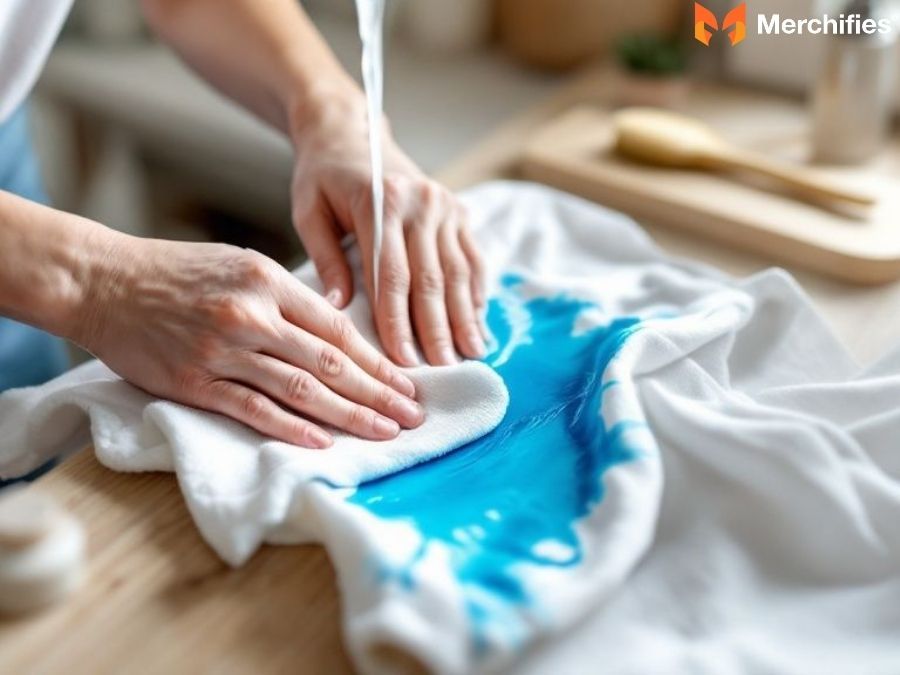
How to Wash Chef Shirts: Step-by-Step Instructions
Now for the main event: learning the precise steps for how to wash chef shirts. Following these guidelines will ensure maximum cleanliness and sanitization.
Machine Washing Chef Shirts
The washing machine is your primary tool for chef coat care.
Temperature Matters:
- Hot Water for Whites: For chef whites, hot water (140°F / 60°C or higher, if the fabric allows) is ideal for sanitization and effective stain removal, especially for grease. This helps prevent yellowing chef shirts over time.
- Warm/Cold Water for Colors: To prevent fading and potential dye bleeding, wash colored chef shirts in warm or cold water. Always err on the side of cooler temperatures if you're unsure.
- Understanding When to Use Specific Temperatures: Refer to your care label. Hot water offers superior cleaning power, but cold water is more energy-efficient and gentler on fabrics, making it a good choice for lightly soiled items or those prone to fading.
Cycle Selection:
- Heavy Duty: Reserve this for heavily soiled chef shirts or those with tough grease stains.
- Normal or Permanent Press: This cycle is suitable for regular washes and everyday soil. The permanent press cycle is particularly good for poly-cotton blends, as it helps reduce wrinkling.
- Delicate: Use this cycle only if your chef shirts contain specific delicate elements or specialized fabrics that call for gentle agitation.
Detergent & Additives:
- High-Quality Laundry Detergent: Use a premium laundry detergent formulated for tough stains. For whites, consider one with optical brighteners to maintain their brilliance.
- Optional: Bleach for Whites: For stubborn stains and sanitization of white chef shirts, an oxygen-based bleach (color-safe bleach) is generally preferred over chlorine bleach, which can weaken fibers and cause yellowing over time if used excessively. For really tough situations, a small amount of chlorine bleach can be used on pure whites, but with caution.
- Laundry Booster: For stubborn stains or deep-set odors, a laundry booster (like Borax or washing soda) can enhance your detergent's performance.
- Fabric Softener: Use sparingly, if at all. While it can make clothes feel softer, fabric softener can sometimes trap odors and reduce the absorbency of fabrics, which is not ideal for kitchen uniforms. Eli Wilder often advises against it, stating, "Fabric softener can leave a residue that actually makes it harder to get clothes truly clean over time, especially with grease."
Hand Washing for Delicates or Spot Treatment (If Applicable)
While most chef shirts are machine washable, hand washing can be beneficial for delicate details or targeted spot treatment. Fill a basin with appropriate temperature water and a small amount of mild detergent. Submerge the item, gently agitate, and let it soak for 15-30 minutes. Rinse thoroughly under cool, running water until all soap is removed.
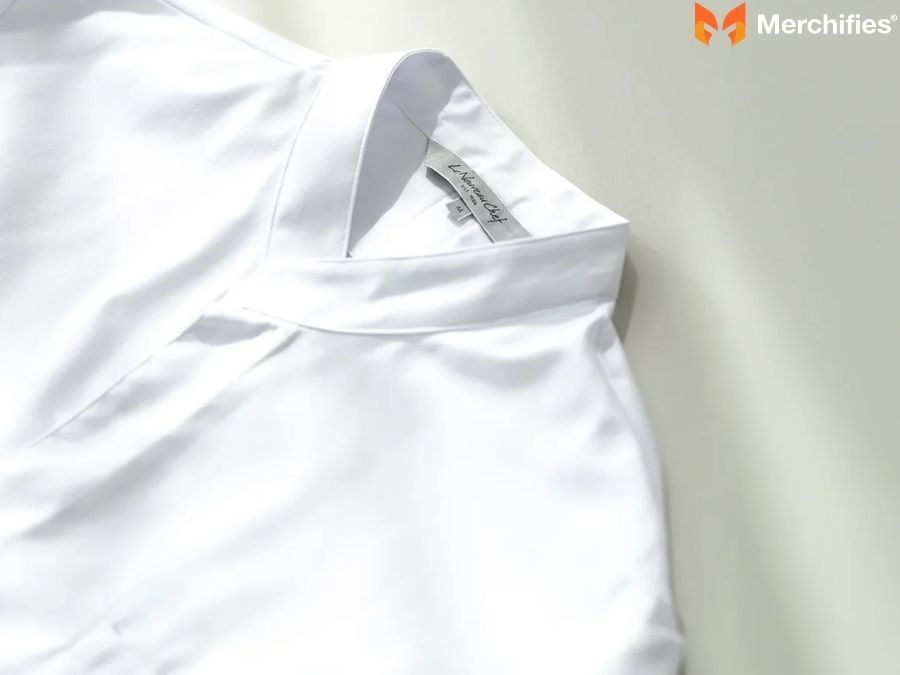
Drying & Finishing Your Kitchen Shirts for a Crisp Look
The drying and finishing stages are crucial for maintaining the professional appearance of your kitchen uniform. Proper care for kitchen shirts extends beyond the wash.
Drying Methods
Choosing the right drying method prevents shrinkage, fabric damage, and excessive wrinkling.
Tumble Drying:
- Low to Medium Heat Settings: Always use lower heat settings. High heat can shrink cotton, bake in stains, and damage synthetic fibers.
- Avoid Over-Drying: Remove chef shirts as soon as they are dry or even slightly damp. Over-drying can set wrinkles and weaken fabric fibers.
- Removing Promptly: Take shirts out of the dryer immediately and fold or hang them to minimize wrinkling.
Air Drying:
- Best for Longevity and Delicate Fabrics: Air drying is gentler on fabrics, extending their lifespan and preventing shrinkage. It's an excellent method for specialized performance fabrics.
- Hang on Appropriate Hangers: Use sturdy plastic or padded hangers to maintain the shirt's shape and prevent shoulder bumps. Avoid wire hangers.
- Out of Direct Sunlight for Colored Shirts: While whites can benefit from sun bleaching, direct sunlight can fade colored chef shirts over time.
Ironing Chef Jackets & Shirts
For a truly crisp and professional look, ironing is often necessary, especially for cotton and poly-cotton blends. This is vital for maintaining professional appearance.
- Checking Fabric Type for Appropriate Iron Temperature: Always consult the care label or start with a lower heat setting and increase as needed. Cotton requires higher heat than poly-cotton blends.
- Tips for Crisp Collars, Cuffs, and Plackets: Iron these areas first, laying them flat and using starch for extra crispness if desired.
- Using Steam for Best Results: Steam helps relax fibers, making wrinkles easier to remove and providing a smoother finish.
Proper Storage
The way you store your chef shirts impacts their readiness for wear.
- Hang Neatly: Store chef shirts on hangers in a closet to prevent wrinkles and maintain their shape.
- Ensure Completely Dry Before Storing: Storing damp shirts can lead to mildew, odors, and fabric damage.
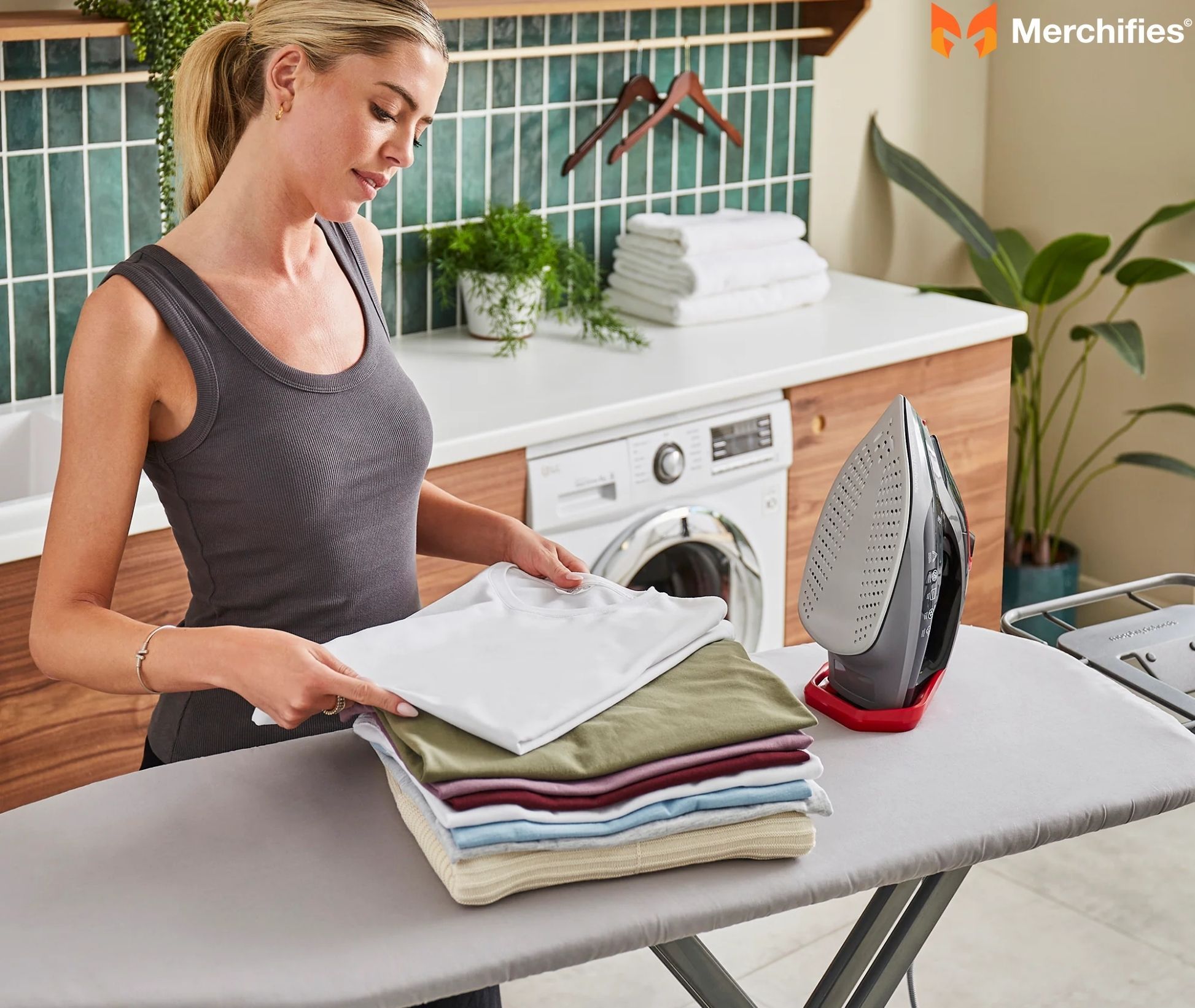
Longevity & Maintenance Tips for Your Chef Apparel
Beyond regular washing, smart maintenance practices contribute significantly to making chef shirts last longer, ensuring you always maintain a professional appearance.
Rotate Your Shirts
Just like tires on a car, rotating your chef shirts helps distribute wear and tear evenly. Instead of wearing the same one repeatedly, cycle through your collection. This simple practice will extend the life of each garment significantly.
Avoid Overloading the Washer/Dryer
Overloading your machines is counterproductive. It prevents proper cleaning, can leave detergent residue, and creates excessive friction, leading to premature fabric wear and tear. Give your chef shirts enough space to move freely during both washing and drying cycles.
Repair Minor Damage Promptly
A loose button or a small tear can quickly escalate into a larger problem if neglected. Take a few minutes to sew on a loose button or mend a small rip as soon as you notice it. Prompt repairs save you money in the long run and keep your uniform looking sharp. This is a critical aspect of thoughtful care for kitchen shirts.
When to Retire a Chef Shirt
Even with the best care for kitchen shirts, every garment reaches the end of its functional life. Recognize when it's time for a replacement. Signs include:
- Significant fraying or thinning of fabric
- Permanent, unremovable stains that compromise professionalism
- Holes or tears that are too large or numerous to repair
- A faded, dingy appearance that can no longer be restored
- Loss of shape or fit
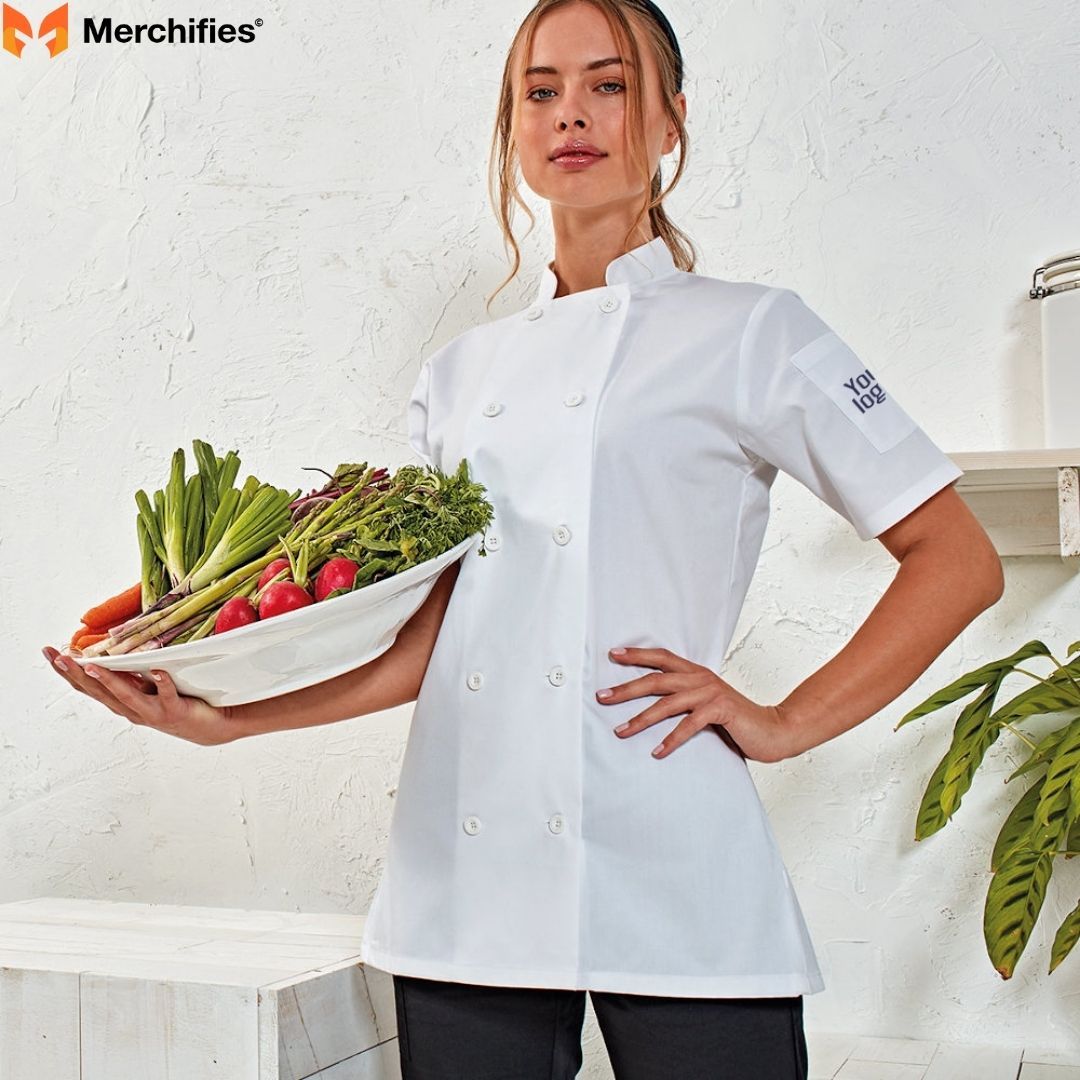
Conclusion: The Secret to a Professional & Hygienic Kitchen Presence
Maintaining your chef shirts and kitchen uniforms isn't just a chore; it's an investment in your professional image, your comfort, and the hygiene of your kitchen environment. By consistently applying the techniques for how to wash chef shirts and the broader care for kitchen shirts outlined in this guide, you ensure your apparel always meets the high standards of the culinary world.
This comprehensive guide, informed by the practical expertise and deep understanding of Eli Wilder, ensures your kitchen apparel will stand up to the heat of the kitchen day after day. Implement these practices, and you'll not only extend the life of your uniforms but also project an unwavering image of professionalism and dedication in every culinary endeavor. We encourage you to share your own best tips for chef uniform care in the comments below!